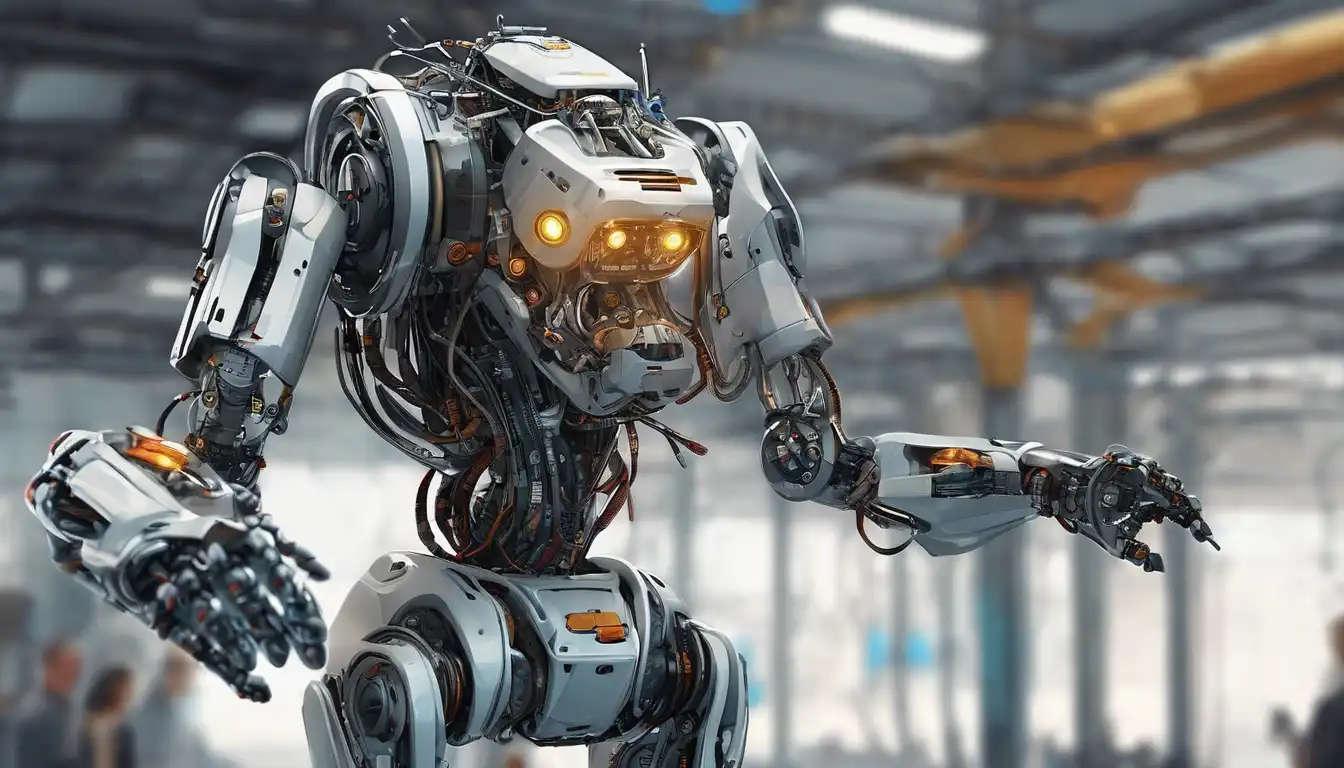Introduction to Robotics
Robotics represents a fascinating intersection where technology and innovation converge to create machines capable of performing tasks autonomously or semi-autonomously. This field has evolved dramatically over the years, from simple mechanical devices to complex systems integrated with artificial intelligence (AI) and machine learning. Today, robotics is at the heart of numerous industries, revolutionizing how we live, work, and interact with the world around us.
The Evolution of Robotics
The journey of robotics began with the creation of basic automated machines designed to perform repetitive tasks. Over time, advancements in technology have enabled the development of robots that can learn from their environment, make decisions, and even interact with humans in meaningful ways. This evolution has been fueled by breakthroughs in AI, sensor technology, and computing power, making robots more versatile and intelligent than ever before.
Applications of Robotics in Today's World
Robotics has found applications in a wide range of sectors, including manufacturing, healthcare, agriculture, and entertainment. In manufacturing, robots are used for assembly, painting, and welding, significantly increasing efficiency and safety. In healthcare, robotic surgery and rehabilitation devices are improving patient outcomes. Meanwhile, in agriculture, drones and automated tractors are optimizing crop management. The entertainment industry is also leveraging robotics to create more immersive experiences in movies and theme parks.
The Role of Artificial Intelligence in Robotics
Artificial intelligence plays a pivotal role in modern robotics, enabling machines to process information, learn from experiences, and perform complex tasks with minimal human intervention. AI algorithms allow robots to recognize patterns, understand natural language, and even exhibit emotional intelligence. This integration of AI is pushing the boundaries of what robots can achieve, opening up new possibilities for innovation.
Challenges and Future Directions
Despite the remarkable progress, the field of robotics faces several challenges, including ethical concerns, job displacement, and the need for more advanced AI. However, the future of robotics is bright, with ongoing research focused on making robots more adaptable, energy-efficient, and capable of working alongside humans in collaborative environments. As technology continues to advance, we can expect robotics to play an even more significant role in shaping our future.
Conclusion
Robotics stands as a testament to human ingenuity, blending technology and innovation to create solutions that were once deemed impossible. As we continue to explore the potential of robotics, it's clear that this field will remain at the forefront of technological advancement, driving progress across industries and improving our quality of life. The intersection of robotics, AI, and other emerging technologies promises a future where the possibilities are limitless.
